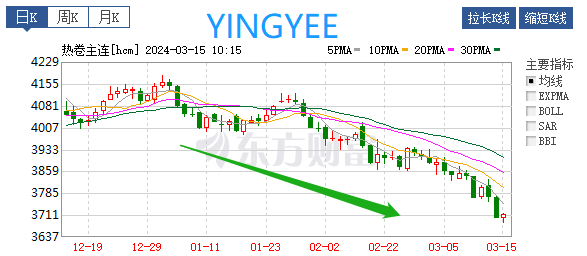
Understanding Steel Coil Straighteners Enhancing Production Efficiency
In the manufacturing sector, particularly in metal processing, efficiency and precision are paramount. One of the most essential pieces of equipment that contribute to achieving these goals is the steel coil straightener. This machine plays a critical role in the production line by ensuring that steel coils are flat, uniform, and ready for subsequent processing stages, such as cutting, forming, or welding.
The Importance of Straightening
Steel coils are commonly produced during the rolling process, where molten steel is shaped into sheets and rolls. Due to the nature of this process, coils often come off the production line with a degree of coiling, bending, or wavy imperfections. If left unaddressed, these imperfections can lead to challenges in downstream operations, impacting product quality and increasing waste. A coil that is not properly straightened can result in poor-fitting components, increased wear on machinery, and ultimately, financial losses for manufacturers.
How Steel Coil Straighteners Work
Steel coil straighteners typically consist of a series of rollers that flatten the steel as it passes through. These rollers can be configured in different ways depending on the specific requirements of the material being processed. Generally, the rollers are made from hard materials such as hardened steel or tungsten carbide to withstand the significant pressure exerted during the straightening process.
As the coil enters the straightener, it is fed through the rollers, which exert pressure on the uneven sections of the coil. The combination of mechanical force and the design of the roller setup allows the machine to correct the kinks and bends, reshaping the steel into a flat, usable form. Advanced models may even incorporate servo motors and computer control systems, allowing for precise adjustments based on the thickness and type of steel being processed.

Benefits of Steel Coil Straighteners
Investing in a steel coil straightener brings numerous advantages to metalworking operations. First and foremost, it increases production efficiency. By ensuring that the steel is perfectly flat before it moves on to further processing, manufacturers can minimize downtime and reduce the chances of equipment malfunctions caused by misaligned materials.
Additionally, straighteners enhance product quality. The improved flatness of the coils leads to better-fit components and higher-quality end products, which are crucial for industries that demand strict tolerances, such as automotive and aerospace.
Moreover, using a steel coil straightener can contribute to cost savings. By reducing material waste and preventing rework, manufacturers can operate more economically.
Conclusion
In conclusion, steel coil straighteners are an indispensable component in the steel processing industry. They not only improve the flatness and quality of steel coils but also bolster production efficiency and reduce costs. As manufacturers continue to seek ways to optimize their operations, the role of straightening technology will remain vital in meeting the ever-increasing standards of quality and efficiency in the metalworking landscape. Embracing advanced straightening solutions will undoubtedly provide a competitive advantage in today's fast-paced industrial environment.